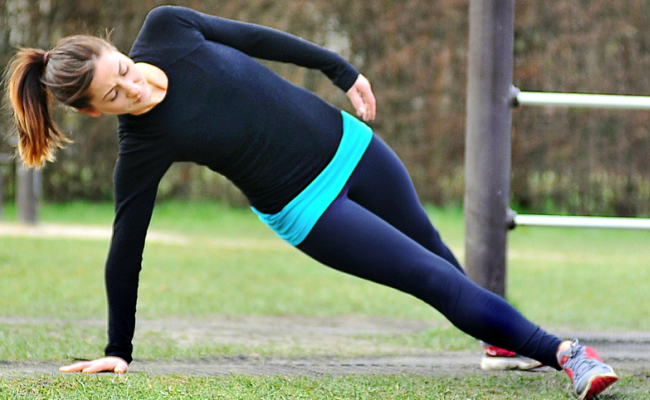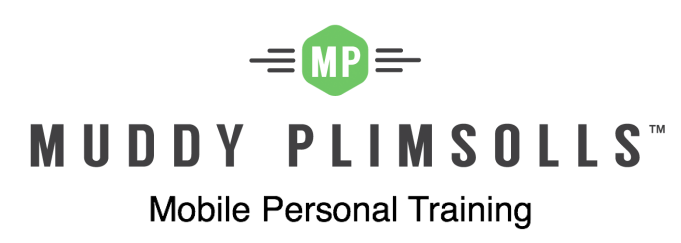What makes a safe and effective post baby workout

Post baby workout training mixes education with experience
New mums are often keen to start a post baby workout programme as soon as possible. They want to work towards regaining their pre-baby body, addressing issues such as diastasis recti and improving energy levels. We, at Muddy Plimsolls, want to help, of course. But we do follow a policy for integrating an effective and safe postnatal programme into our Training Plans.
At Muddy Plimsolls, we go beyond the basic post pregnancy exercise training that fitpros usually receive and draw upon techniques and philosophy from the world’s best postnatal training teachers. Two of which are Jenny Burrell and Judy DiFiore.
Jenny Burrell is the founder and author of Metabolic Mommy. This is an in-depth resource for fitness professionals who want take their pre and postnatal knowledge to the very highest levels. We like her ‘Lock, Load, Lift and Locomote‘ system which is a great approach to weight-bearing exercise for the postnatal client. Jenny always pushes the envelope of how we think about fitness. Then there’s Judy DiFiore, a prolific author on postnatal exercise, and co-founder of the Pushy Mothers workout who gives great advice for new mums of all fitness levels.
Help for new mums to lose baby weight by finding time for exercise
In addition, there is nothing like having direct experience of helping pre and postnatal clients. Each client is an individual and training must be adapted appropriately. In the early stages, however, we do start each client with a similar roadmap.
Early training begins with pain free movement
Before starting a post baby workout programme, we recommend most postnatal clients wait until their post-baby 6 week check. Once they have an all-clear from their doctor/health visitor to start exercising, we can make a plan together.
We emphasise improving overall fitness and energy levels, core strength and pain-free posture. We’ll also develop Mum’s abilities to perform tasks such as holding and moving the baby.
The initial weeks of a postnatal programme have two main aims:
1. Building core strength
The firstly aim is to improve the condition of a weakened abdominal wall and pelvic floor. The purposeful exhale (to the count of eight) that promotes ‘core stiffness’; a raising of the pelvic floor muscles, stiffening of the lumbar muscles and fascia. Later on, the “Lock – Load – Lift – Locomote” approach, as mentioned above, encourages drawing in of the natural waistline of the body – the TVA (transverses abdominuus) – and offsetting intra-abdominal pressure.
2. Achieving optimal pelvic alignment
Our second focus in early postnatal training is to increase strength in the gluteals, to further strengthen the pelvic floor, and ease tightness in the hip flexors. Strengthening gluteals (along with stretching and performing good exercise technique) helps to align the pelvis.
The next stage: building real strength and fitness
When we see results for both of these goals, the new mum should be better at performing a range of daily tasks such as carrying her baby, climbing stairs, and generally living life. Many new mums are keen to ramp up their training as soon as possible. We certainly want to help them get there as safely and quickly as possible. Whilst we are careful with early postnatal training, it is not to say we can’t see real improvements in conditioning over just a few weeks. We’ll then introduce more demanding workouts as soon as the client is ready. At the end of the new mum’s first Training Plan, we review progress and decide what to do for her next training plan.
